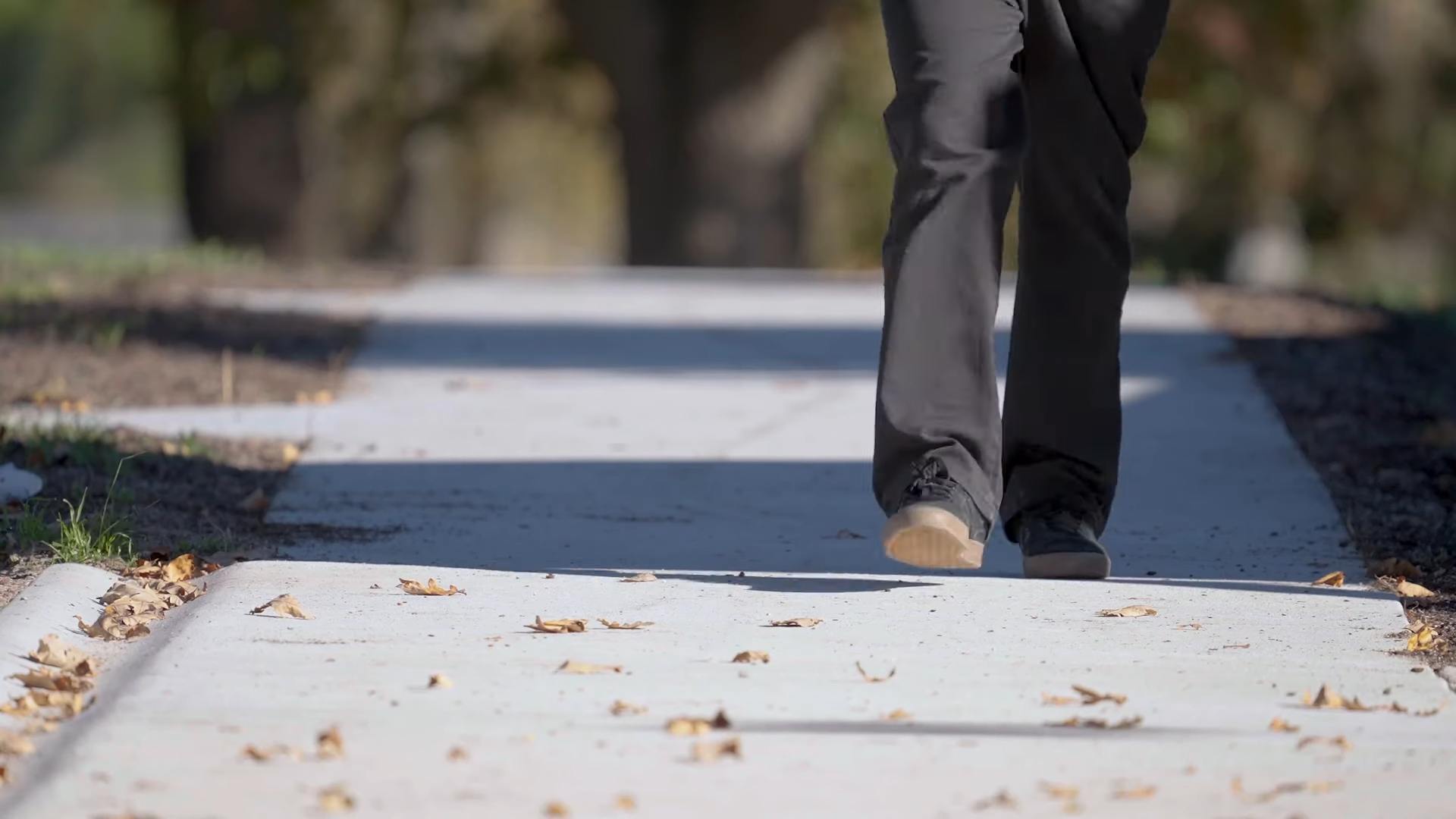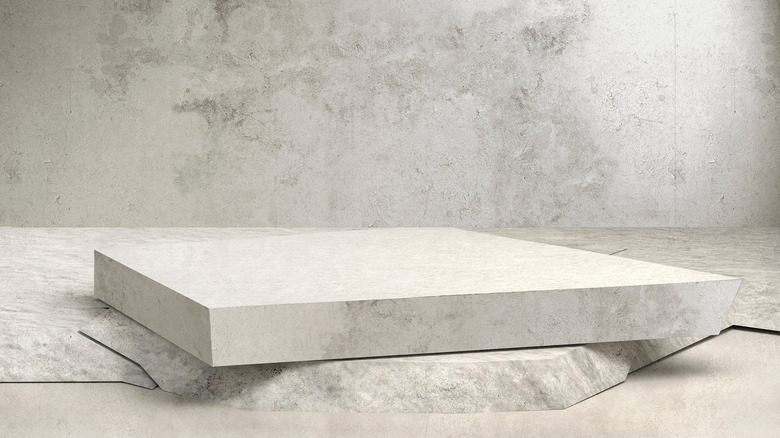Researchers Found A Simple Way To Make Concrete 560% Stronger
Scientists have created hollow concrete that is 5.6 times stronger than regular concrete. The new design is based on the human femur, which features a honeycomb-like design, making it more resilient to breaks and cracks.
This added resiliency, indeed, comes from the hollowed-out shapes that appear within the concrete. Because of the holes within the material, when cracks and breaks occur, they no longer stretch the entirety of the concrete block. Instead, they only crack until they reach the first break, at which point the crack stops, allowing the concrete block to continue withstanding the pressure.

As I noted above, the new design for this hollow concrete was derived from the dense outer shell of the human femur—or the cortical bone. This layer features multiple tubelike parts that are surrounded by various interfaces, which scientists call "cement lines." Coincidence? A little. However, these hollowed-out areas allow for the bone to provide a preferable path for cracks when extreme stress is applied to the bone.
Despite how silly this sounds—I mean, hollowing out the inside of the concrete probably seems like it would just make things less resilient—the researchers highlight in their study just how much stronger the new concrete is compared to traditional construction material. Further, the latest variant doesn't require additives like fibers or plastics. Instead, it's just the added brilliance of geometric designs added to the process.
The researchers believe they have only just "begun to explore the possibilities" of what is possible with this new hollow concrete. They say that there are ways they hope to improve the resiliency, including by changing the orientation, size, and even shape of the tubes to see if that changes how strong the concrete is. We've also seen other attempts to make concrete stronger, like using coffee in concrete to improve its resiliency.
